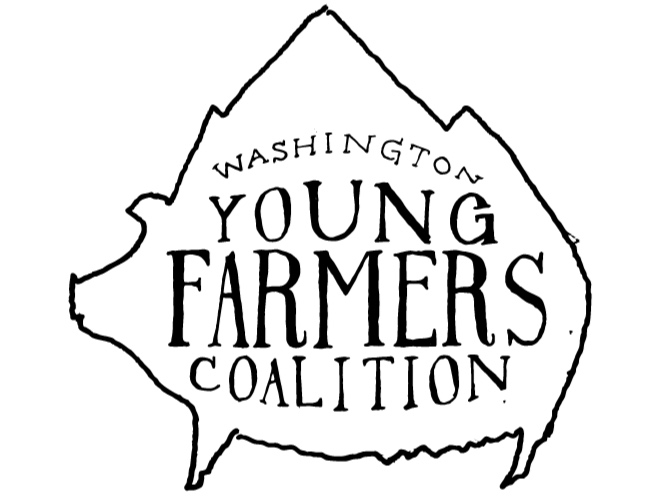The Farm Bill
Farm Bill Programs
Passed every four years, the Farm Bill is a motley combination of programs. It funds:
The USDA
The Farm Service Agency
The Beginning Farmer and Rancher Development Program
Dozens of conservation programs like EQIP and NRCS
Crop insurance and subsidies for farms of all sizes
The entire budget for SNAP (Supplemental Nutrition Assistance Program), formerly known as food stamps
It is a huge, complicated bill that serves many different interest groups and organizations. WAYFC and NYFC work hard to make sure that young farmers’ needs are being recognized and addressed.
The Farm Bill contains many programs that are essential to young and beginning farmers, but during each reauthorization cycle, we have to fight to defend the small pieces that serve us in the face of constant pressure to cut costs and eliminate programs.
The 2014 Farm Bill
During the 2014 Farm Bill cycle, NYFC was instrumental in passed a provision under the FSA’s loan program to allow for microloans up to $50,000 to farmers with little previous experience and no tax records. Previously, the federal financing was only available in larger sums that were both inaccessible and unnecessary to young and beginning farmers.
The microloan program makes smaller amounts of money available – $5,000 for potting soil, lime, and seeds at the start of the season, or $18,000 for a first tractor. Acesss to finances has been consistently cited as the biggest barrier to farming according to NYFC’s young farmer censuses.
NYFC’s 2018 Farm Bill Policy Agenda can be found here.
WAYFC policy priorities include:
Establish “micro” versions of each federal program, including funding and conservation, modeled on the success of the microloan program.
Protect funding for the Beginning Farmer and Rancher Development Program, which provides funding and resources to agricultural training programs across the nation.
Accessible healthcare and student loan debt forgiveness to allow young people more safety and freedom to pursue a non-normative career path like agriculture.
Establish and fund the Farmer and Rancher Stress Assistance Network, which would provide mental health resources and education to people working in agriculture, similar to the state bill that passed this year in Washington
Programs to provide more avenues to farm ownership – increasing loan limits from the FSA, increasing incentives to transfer ownership through easements and programs like the Transitions Incentives Program
